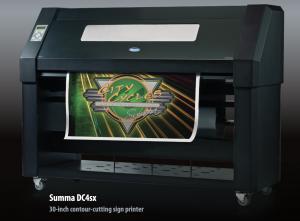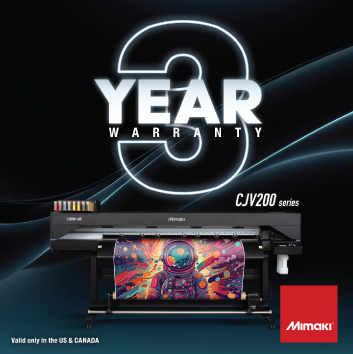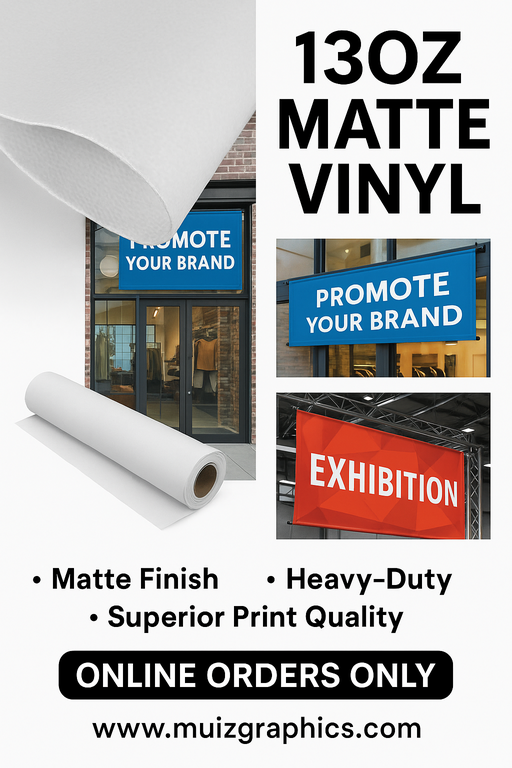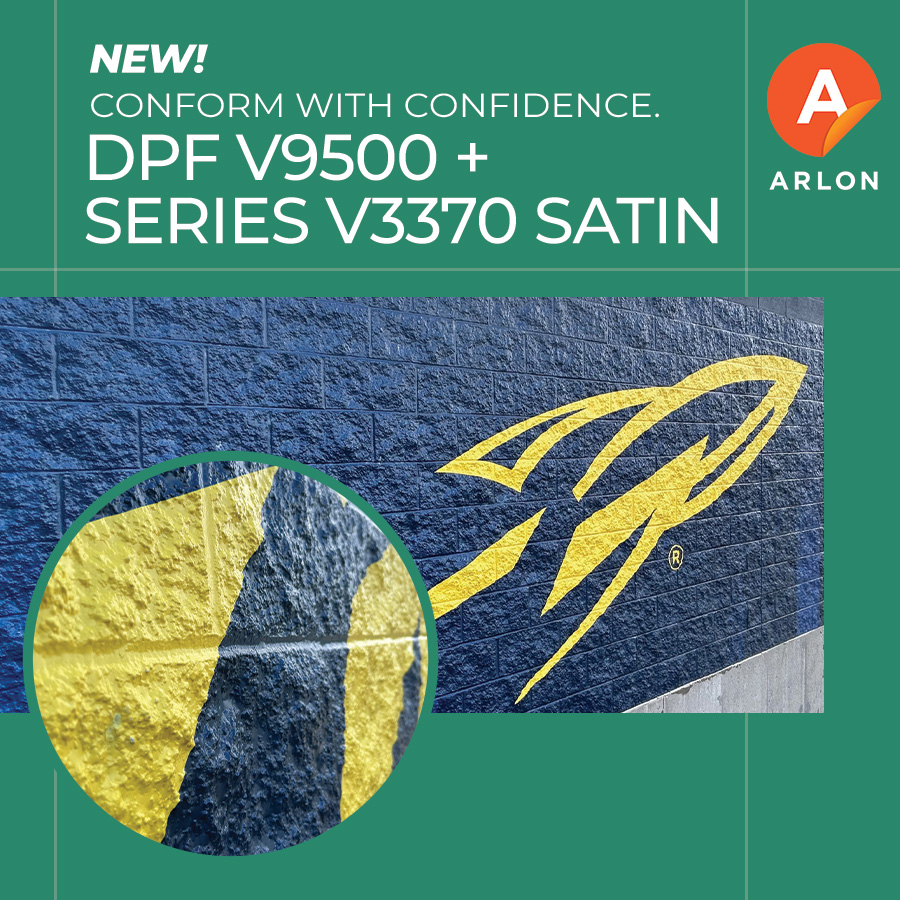The hidden craft behind immersive brand activations
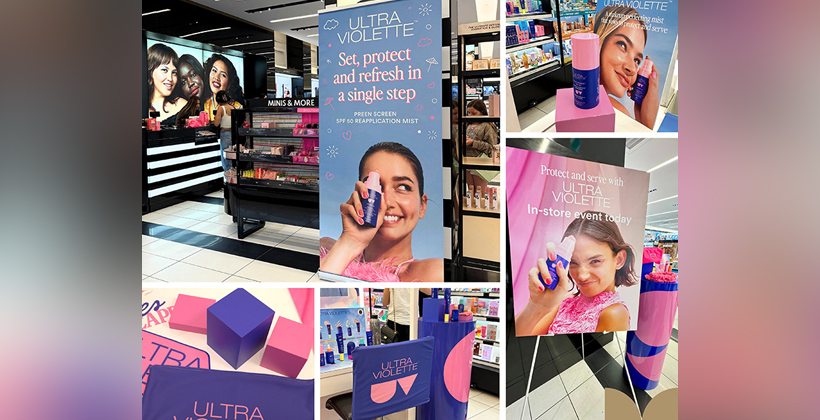
In today’s experiential marketing landscape, brand activations have evolved into fully immersive experiences. No longer limited to pop-ups or temporary booths, these initiatives demand precision, strategic planning, and flawless execution. Behind every polished environment is a dedicated production team—experts in colour management, materials, logistics, and co-ordination—working together to translate bold creative visions into tangible, high-impact results.
As creative agencies continue pushing boundaries—especially in fast-moving industries like beauty, fashion, and lifestyle—the production process has become more sophisticated. Companies like Resource Integrated Ltd. demonstrate that impactful activations depend not only on high-quality print and fabrication but also on deep collaboration, technical problem-solving, and an unwavering commitment to consistency. This Print & Beyond approach elevates activations from good to truly memorable. Let’s dive in.
The backbone of experiential marketing
Brand activations are designed to build real-time, emotional connections between consumers and brands. Whether a full-scale retail takeover or a curated product showcase, the physical environment anchors the experience and helps shape how the brand is perceived.
But these activations are logistically complex. Displays must not only look premium, but they also need to endure handling, high foot traffic, and consistent presentation across various locations. Maintaining visual coherence across multiple touchpoints—often across cities or provinces—is essential.
This is where production best practices come into play. Thoughtful material choices, accurate colour management, and structured quality control are more than technical details—they are the foundation of a successful, immersive brand experience.
Execution through collaboration
Creative agencies are experts at crafting high-impact visuals and storytelling-driven campaigns. But transforming conceptual renderings into real-world experiences requires more than a printer—it takes a production partner who can adapt, advise, and problem-solve under pressure.
That collaborative approach is what sets some production teams apart. Their involvement often begins well before production starts—consulting on materials, engineering methods, and structural feasibility to ensure the final output aligns with both the creative vision and practical realities like site limitations, timelines, and budget.
This method was clearly demonstrated in recent beauty brand activations, including Ultra Violette’s multi-city rollout at premier shopping centres such as Eaton Centre, Yorkdale, and Chinook Centre. These projects required more than execution—they demanded creative partnership, logistical agility, and production-level innovation to meet high esthetic and operational standards.
Material choices that balance impact and practicality
In experiential marketing, material selection goes beyond appearance. Activations must balance visual impact with durability, efficiency, and ease of installation, especially when deployed across multiple locations.
For Ultra Violette’s national campaign, the challenge was delivering a premium, on-brand experience with consistency across a diverse range of retail settings. Branded elements needed to reflect the company’s signature palette of modern purples and radiant pinks—executed flawlessly across different materials and formats.
From wrapped plinths and display cubes to placemats, entrance posters, roll-up banners, mirror clings, chair covers, and floor decals, every element had to retain colour accuracy regardless of substrate or finish. Creating cohesion across such a diverse mix required more than design—it was a strategic production effort grounded in precision, scalability, and brand integrity.
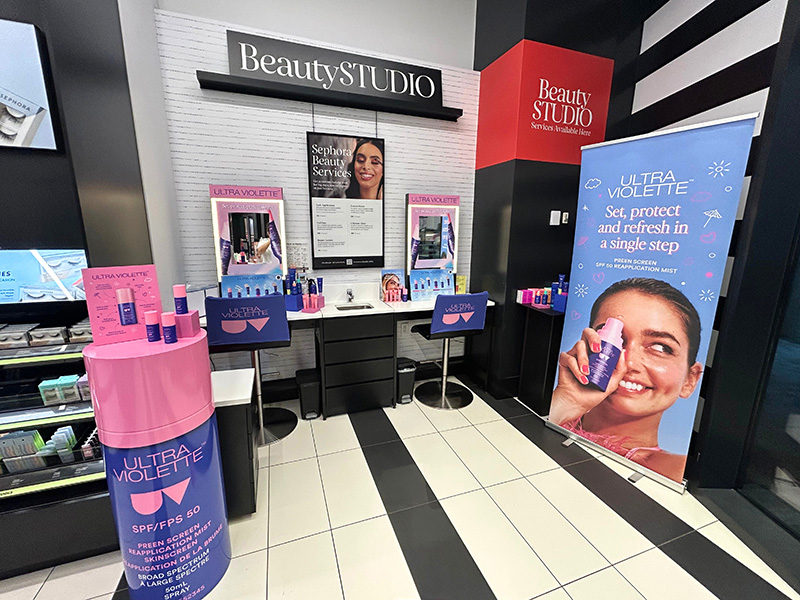
Colour matching by design
Achieving true colour consistency across various substrates and finishes is never accidental—it is the product of careful planning, technical expertise, and rigorous testing. In activations that involve a blend of materials, perfect alignment begins in pre-production.
For the Ultra Violette activation, more than 20 test variations were created and reviewed before final Pantone colours were approved. This meticulous process ensured visual harmony across all elements.
While these behind-the-scenes efforts may go unnoticed by the end consumer, they are essential to maintaining brand credibility. A seamless, visually unified installation reflects not just good design—but disciplined workflows, calibrated systems, and seasoned production experience.
Quality control beyond print
The final stage of any activation—packing, shipping, and installation—is often where success is determined. Even the best designs can falter without a tightly controlled handoff.
In high-performing production environments, every component undergoes thorough inspection before leaving the facility. In some cases, elements are reprinted—not because of client feedback, but because they don’t meet internal quality benchmarks.
Protective packaging, consolidated logistics, and precise labelling ensure materials arrive safely and ready for installation. In large-scale, cross-country rollouts like Ultra Violette’s, timing and condition are critical. At this level, quality control extends beyond ink and paper—it is about execution excellence and accountability.
Culture of input and output
What truly differentiates leading production teams isn’t just advanced equipment—it’s culture. In many operations, employees simply follow specs. However, in collaborative, high-performance environments, team members are encouraged to think critically, flag issues early, and contribute ideas at every stage.
This shared responsibility leads to smarter problem-solving and faster adaptation. Insights can come from anyone—a press technician catching subtle colour shifts or a finishing specialist recommending more protective packaging. When everyone is empowered to participate, success is a collective effort.
That flexibility is especially valuable when working with marketing and creative agencies, where last-minute revisions, evolving site conditions, and tight deadlines are standard. Engaged teams don’t just improve outcomes—they elevate the entire process.
Details make the difference
From the outside, brand activations appear effortless—sleek, immersive, and on-brand. But behind every successful execution lies a system of careful planning, precise co-ordination, and skilled craftsmanship. Every plinth wrap, colour swatch, and final shipping label is part of a process built on trust and expertise.
While agencies and brands define the vision, it is the production partner who brings that vision to life—consistently, efficiently, and with impact. Companies like Resource Integrated Ltd. play a vital, often behind-the-scenes role in that success. Because in the world of brand activations, it’s not about a single sign or display—it’s about orchestration, problem-solving, and unwavering consistency.
And that’s exactly where Print & Beyond makes its mark.
Jo-An Shih is the marketing manager at Resource Integrated Ltd. With 15+ years in marketing and project management, she’s passionate about telling the story behind every project and loves the teamwork and creativity that make each one happen.

